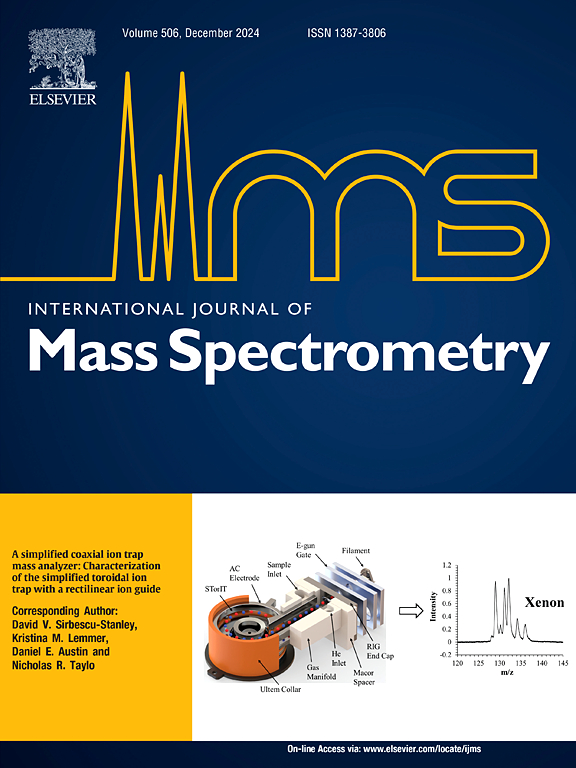Deep cross-modal learning between tandem mass spectrometry and molecular fingerprints for metabolite identification
IF 1.7
3区 化学
Q3 PHYSICS, ATOMIC, MOLECULAR & CHEMICAL
引用次数: 0
Abstract
Metabolite annotation plays a key role in metabolomics. To enable structural annotation of unknown tandem mass spectra, the prediction of molecular fingerprints using MS/MS is currently of great interest. However, current methods still present challenges in terms of redundancy and high dimensionality of fingerprint features, which can affect the accuracy and speed of annotation results. Therefore, we propose a dual-tower model structure consisting of an MS/MS feature extractor and a fingerprint feature extractor, which can directly compute the correlation between MS/MS and molecular fingerprints without needing to predict molecular fingerprints. Moreover, the fingerprint feature extractor, consisting of two MLPs, effectively reduces fingerprint redundancy. Both feature extractors are simultaneously optimized by contrastive learning. We trained and tested our method using data downloaded from the GNPS. The trained model was then used to search molecular structure databases such as PubChem. Experimental results show that our method outperforms MetFID, FingerScorer, MatFrag, DeepMass and CFM-ID in top-k evaluation.

串联质谱法和分子指纹图谱在代谢物鉴定中的深度交叉模式学习
代谢物注释在代谢组学中起着关键作用。为了对未知串联质谱进行结构标注,利用质谱联用技术预测分子指纹图谱是目前研究的热点。然而,目前的方法仍然存在指纹特征的冗余性和高维性等问题,影响了标注结果的准确性和速度。因此,我们提出了一种由MS/MS特征提取器和指纹特征提取器组成的双塔模型结构,可以直接计算MS/MS与分子指纹之间的相关性,而无需预测分子指纹。此外,指纹特征提取器由两个mlp组成,有效地减少了指纹冗余。两个特征提取器同时通过对比学习进行优化。我们使用从GNPS下载的数据来训练和测试我们的方法。训练后的模型随后被用于搜索PubChem等分子结构数据库。实验结果表明,该方法在top-k评价方面优于MetFID、FingerScorer、MatFrag、DeepMass和CFM-ID。
本文章由计算机程序翻译,如有差异,请以英文原文为准。
求助全文
约1分钟内获得全文
求助全文
来源期刊
CiteScore
3.60
自引率
5.60%
发文量
145
审稿时长
71 days
期刊介绍:
The journal invites papers that advance the field of mass spectrometry by exploring fundamental aspects of ion processes using both the experimental and theoretical approaches, developing new instrumentation and experimental strategies for chemical analysis using mass spectrometry, developing new computational strategies for data interpretation and integration, reporting new applications of mass spectrometry and hyphenated techniques in biology, chemistry, geology, and physics.
Papers, in which standard mass spectrometry techniques are used for analysis will not be considered.
IJMS publishes full-length articles, short communications, reviews, and feature articles including young scientist features.

 求助内容:
求助内容: 应助结果提醒方式:
应助结果提醒方式:


